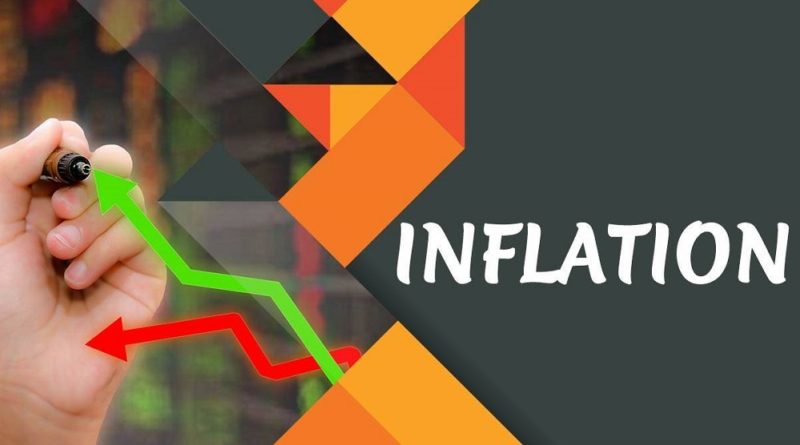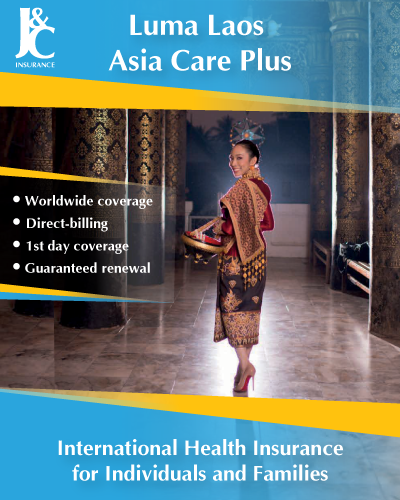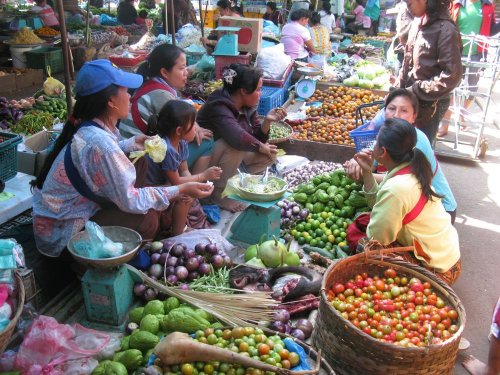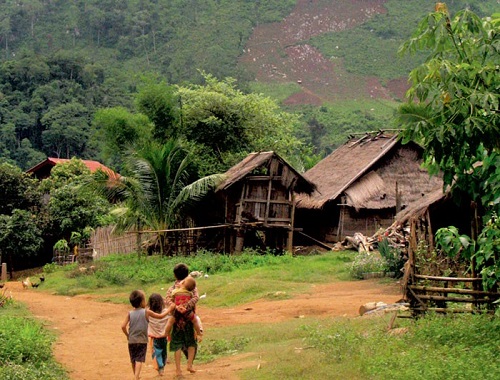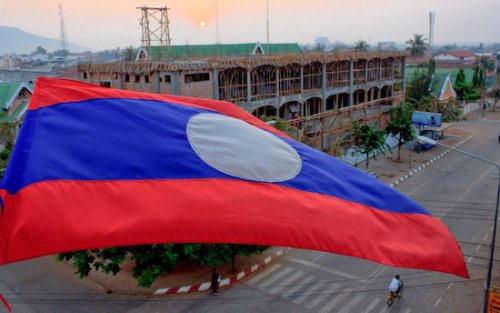Inflation Rises In Laos In December
Source: Vientiane Times
The Consumer Price Index (CPI) in Laos continues to rise despite the government’s enhanced measures to control the prices of products in local markets.
The fluctuation of the exchange rate and rising food prices are the main factors driving inflation in Laos, creating difficulties for poor people to further alleviate their poverty.
According to a report from the Lao Statistics Bureau, inflation was recorded at 3.19 percent year-to-year, down from the 2.84 percent reported in September.
Short supply of agricultural products in December affected the inflation rate due to rising demands as people consumed more food during the celebration for the International New Year.
In addition, the prices of oil and gold in Laos tends to increase in parallel with global trends.
The inflated prices are exacerbated by the Covid-19 pandemic which disrupt exports, the inflow of foreign visitors, and foreign investment in Laos.
The depreciation of local currency directly impacted inflation because many traders rely on parallel markets to buy foreign currencies they need to import goods. So they based the prices of their products on the foreign currencies they bought from the parallel market.
The price of food and non-alcoholic beverages in December increased by 4.71 percent year-to-year, and dropped by 0.66 percent month-to-month.
Compared to November, the price of rice decreased by 2.03 percent, poultry (0.14 percent), fruit (0.35 percent) and fresh vegetables (3.36 percent). In the meantime, the price of pork surged by 0.67 percent month-to-month and the beef rose by 2.65 percent.
The rate in the clothing and footwear categories rose by 0.54 month-to-month and 4.17 percent year-to-year, with clothing increasing by 4.44 percent year-to-year.
The cost of household goods went up by 0.55 percent month-to-month and 3.84 year-to-year. The price of interior décor items including furniture surged by 5.34 percent year-to-year.
Prices in the medical care category climbed by 0.29 percent month-to-month and 4.93 percent year-to-year, with medicine and medical equipment surging by 4.57 percent year-to-year.
Inflation started to rise at the end of last year and peaked in January this year, recorded at 6.94 before dipping to 6.24 percent in February, 6.14 percent in March, 5.84 percent in April, 5.46 percent in May, 5.28 percent in June, 5.12 percent in July and then rising to 5.84 percent in August. In September, the inflation was reported at 4.63 percent, 3.63 percent in October.
One of the main challenges for Laos is the rising debt burden and falling number of foreign visitors, investment and shrinking export.
The trade deficits are among the key factors affecting the country’s foreign currency reserves and the value of the kip.
Laos also suffered high unemployment after many thousands of Lao people returned home from working in neighbouring Thailand as a result of Covid 19 pandemic.

